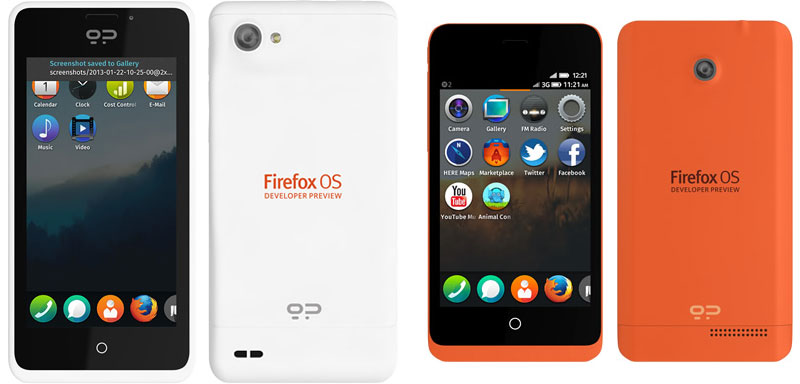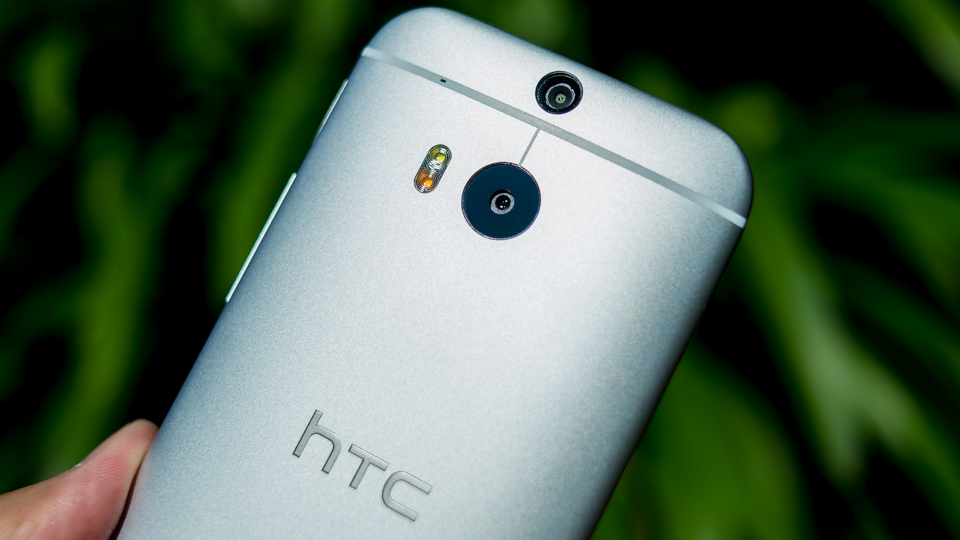The next smartphone war is going to be cheap, not nasty
Get ready for the rise of the supercheap smartphone
One new player in the lower cost region is OnePlus, a Chinese brand that's brought out the OnePlus One, a phone with the spec list of the Samsung Galaxy S5, but dropped features like a super-bright AMOLED screen, heart rate monitor and waterproof casing to offer the One, a phone that costs half the price.
OnePlus isn't alone: China has multiple brands selling millions of devices in their home territory who are able to use these economies of scale to churn out decent phones internationally – this move has started, and is only going to continue.
These phones are still north of £200 / $350, which is a yearly salary to some people in developing nations. But this market features billions of users who don't just want a smartphone; the technology and connectivity it provides can open up new ways to conduct business, enabling rapid shifts in economy that simply weren't possible before.
"The [Moto E] may prove useful for first-time smartphone buyers in Europe and some parts of the Middle East, but it won't make a difference to first-time smartphone buyers in other developing markets such as Africa," said Amr Shady, CEO of the Middle East and Africa's premier mobile platform.
"Motorola needs to knock another £80 off the price tag before it can even begin to be attractive to most Africans. The belief that the 'budget' offering will continue the momentum that the Moto G handset built in developing markets when it was launched last year will not be realised on this continent for some time."
Retro is in
And this is where the effort of five years ago come into play, as that same level of processor is being used to create a phone that could cost as little as $25 / £15.
Mozilla's Firefox OS was announced in 2013, designed specifically to target this next wave of smartphone users. The idea was to offer low-cost handsets, low on specs but with acceptable functionality, in partnership with networks worldwide.
Get daily insight, inspiration and deals in your inbox
Sign up for breaking news, reviews, opinion, top tech deals, and more.
Instead of resource intensive apps, HTML5 would be used to access to the same services on the web, enabling simple tools which perform vital services.

The project seems to be bearing fruit, as there are a number of handsets on the market from low-cost phone manufacturers ZTE, Alcatel and Huawei, with the likes of Sony and LG promising to deliver phones in the future.
According to analysts Ovum, "there have been 425,000 unique visitors to the Firefox OS Marketplace since July 2013" which is a strong uptake for a platform that's only been going for a year, highlighting the growing need for devices in this category.
While these phones still retail for around $80, a deal between Mozilla and Chinese processor manufacturer Spreadtrum to enable 75% cheaper phones by creating a reference design for a chip to use in all Firefox OS-powered handsets.
This will enable faster and cheaper production of phones, and will increase the ability to bring smartphones to developing nations dramatically.
What does this mean for me?
Well, if you're someone who likes to use high-end smartphones, the good news is you'll probably be paying less in the short term or getting a better device.
The Galaxy S5 was cheaper on average than its predecessor in a bid to maintain attractiveness, where other brands are extolling the virtues of more technologically advanced features to keep those wth more disposable cash interested in buying phones that command a better profit margin.
Apple, the most notorious brand for high margins, has already been forced to clip these slightly in bringing out the iPhone 5C, and there's every indication that the iPhone 6 will have a larger screen and all-new design – and enabling this tech will either eat into the company's profits or force an even higher premium on one of the most expensive phones on the market.

And it's not just Apple that's reacting – HTC has been pushing hard at making attractive, but expensive, casings for its One range and LG is set to bring a QHD screen on the G3 in a bid to convince consumers that the latest tech is still worth paying for.
The rise of the mid-range phone will directly impact the price and performance of 2015's flagship models, forcing brands to compete with the likes of OnePlus on cost or offer genuinely attractive features that warrant the extra pressure on this pocket.
The next half-decade will see more of a push into both cheap and ultra-cheap smartphones to enable more users to join the smartphone revolution – as the battle for your pocket space intensifies, ultimately, it's the consumer who's going to win.

Gareth has been part of the consumer technology world in a career spanning three decades. He started life as a staff writer on the fledgling TechRadar, and has grew with the site (primarily as phones, tablets and wearables editor) until becoming Global Editor in Chief in 2018. Gareth has written over 4,000 articles for TechRadar, has contributed expert insight to a number of other publications, chaired panels on zeitgeist technologies, presented at the Gadget Show Live as well as representing the brand on TV and radio for multiple channels including Sky, BBC, ITV and Al-Jazeera. Passionate about fitness, he can bore anyone rigid about stress management, sleep tracking, heart rate variance as well as bemoaning something about the latest iPhone, Galaxy or OLED TV.